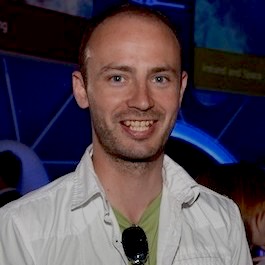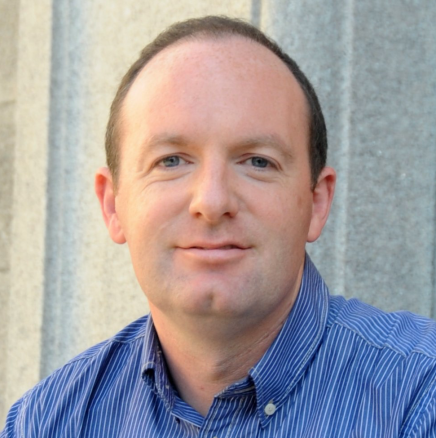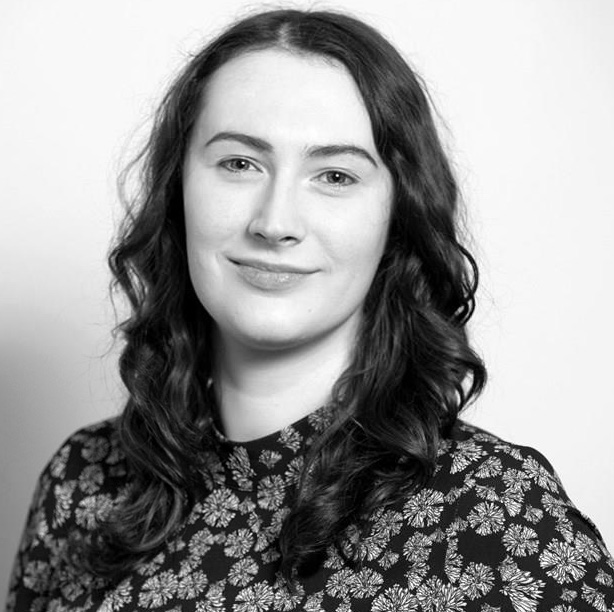Project Lead and WP 1, 2, and 5 lead. Experts in solar physics and space weather research.

The Dublin Institute for Advanced Studies (DIAS) is a statutory corporation established in Ireland in 1940 under the Institute for Advanced Studies Act. The Astronomy & Astrophysics Section undertakes research on solar and stellar physics, space weather, planetary science, star formation, the interstellar medium, high energy astrophysics and instrumentation. It has contributed to many international projects and is currently involved in space missions such as Solar Orbiter and the James Webb Space Telescope, and ground-based facilities such as LOFAR and the European Southern Observatory. The Section includes approximately 40 researchers based at Fitzwilliam Place in central Dublin and Dunsink Observatory in the suburbs of the city, where it also runs popular visitor nights and public engagement events.

Dr Shane Maloney is a Senior Research Fellow at DIAS. He obtained his PhD from TCD in 2012 focusing on the acceleration and propagation of CMEs, a key driver of adverse space weather, using multi-instrument and multi-spacecraft observations. After his PhD he was recruited by an SME as a software engineer where he worked on creating powerful software systems for searching and visualising heliospheric data (e.g. FOREST) using the latest web and semantic technologies. He also worked on a number of large scale AI and ML projects for example, creating expert systems to facilitate decision making and satellite image processing to detect illegal vessel activity. In 2016 he returned to academia and brought his software expertise and machine learning expertise to bear on solar physics and space weather challenges such as sunspot classification, X-ray image deconvolution, and solar wind forecasting. He is a member of the STIX instrument team on Solar Orbiter.

Prof. Peter T. Gallagher is Head of DIAS Astrophysics, Director of DIAS Dunsink Observatory, and an Adjunct Professor at Trinity College Dublin (TCD). His research is primarily concerned with understanding the fundamental physics of solar storms and their impacts on Earth. He has a long association with ESA and NASA space missions such as SOHO, RHESSI and Solar Orbiter, and is Head of the Irish LOFAR Consortium. He is a Fellow of the Royal Astronomical Society and a Member of the International Astronomical Union, the European Geosciences Union (EGU), the European Astronomical Society and the Astronomical Society of Ireland.

Dr Sophie Murray is a Technical Officer at DIAS. Her research experience ranges from solar flares, CMEs, and their active region magnetic field sources, to solar wind propagation through the heliosphere, and the impact of space weather on the Earth’s upper atmosphere. She received her PhD in solar physics at TCD before working as a Research Scientist at the UK Met Office. She worked closely with scientists, forecasters, end users, and policymakers to transition research to operational space weather forecasting products, and then returned to TCD as PI of an Ireland-USA-UK collaboration to develop solar eruption warning tools based on state-of-the-art techniques used in terrestrial weather forecasting. Since 2021 Dr Murray is based at DIAS Dunsink Observatory, where she supports research and communication activities across the entire Astronomy & Astrophysics Section.

Dr Paul Wright is a Research Fellow at DIAS, using his expertise in solar physics and machine learning to advance our understanding of solar phenomena. Paul received his PhD in Solar Physics from the University of Glasgow in 2019, focussing on the energetics of solar flares using the NuSTAR astrophysics telescope. After completing his PhD, he joined Stanford University as part of the Solar Dynamics Observatory team and served as faculty at the NASA Frontier Development Lab. In 2021, Paul joined a startup specialising in spatial computing for asset management. Working cross-functionally across engineering, operations, and product management, he developed 2D/3D machine learning approaches to tackle automation challenges. In 2023, he returned to academia, joining DIAS as part of the ARCAFF project.
